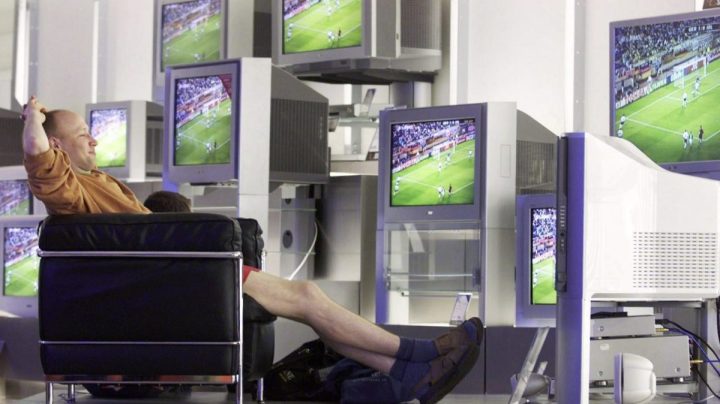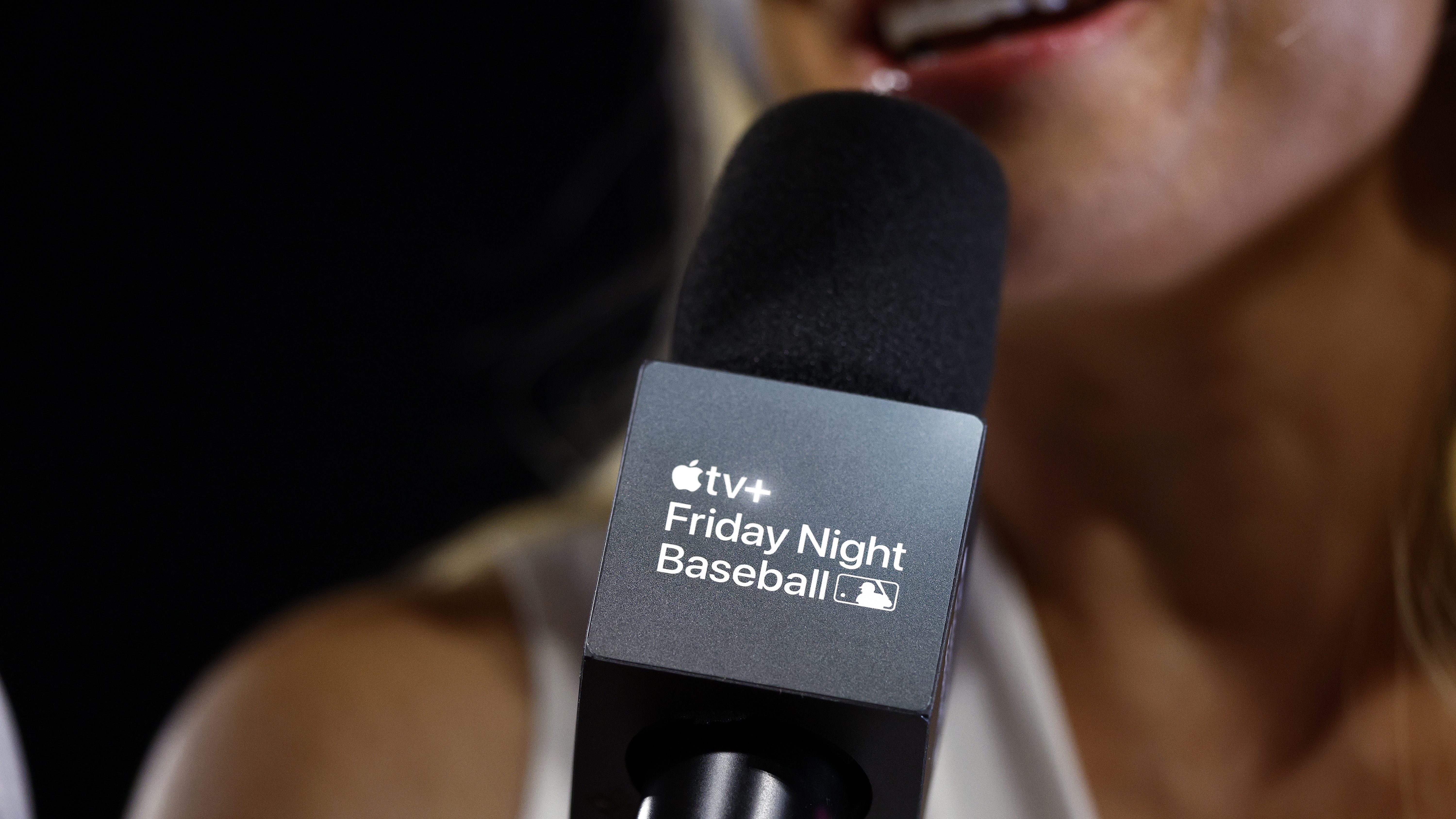
Cord-cutters threaten the existence of regional sports networks
Cord-cutters threaten the existence of regional sports networks

As consumers cut cable services in favor of streaming platforms, regional sports networks are at risk of going under. In the first quarter of 2023, an estimated 2.3 million Americans ditched traditional cable packages. And as more Americans move toward streaming platforms, those regional cable networks are losing more money.
“Marketplace” host Kai Ryssdal spoke with Ben Strauss, a sports and media reporter for The Washington Post, about how regional sports networks are fairing as more Americans pass on cable, and what this could mean for sports fans around the country.
The following is an edited transcript of their conversation.
Kai Ryssdal: For those perhaps unfamiliar, what exactly are regional sports networks?
Ben Strauss: They are cable networks that for the past 20 to 30 years have shown just about every one of your favorite baseball, hockey and NBA teams.
Ryssdal: And regional, as it implies, is not a national thing. It’s each region, you know, there is a network for each and every region and team, right?
Strauss: Exactly. So, the teams in Dallas are on one network. In Chicago, up until recently, the Cubs and the White Sox and the Bulls and Blackhawks are on the same network.
Ryssdal: OK. And the point of this piece, and the thing that actually may change sports, as we kind of know it, is that these regional sports networks are going broke, fundamentally.
Strauss: Fundamentally, they are in deep trouble. Essentially, as people leave cable, the fees that they were paying to these networks that these networks, then in turn, were paying to these teams are dropping dramatically. And one of the leading owners of these networks, a company called Diamond Sports, filed for bankruptcy protection earlier this year. And there are teams that have not received their rights payments, which is potentially landscape-altering for sports.
Ryssdal: So, the leagues have a vested interest in saving these regional sports networks. What are they doing?
Strauss: So, different leagues are doing different things. Different teams, in fact, are doing different things. Baseball doesn’t believe in this company — this Diamond Sports company. And so, baseball would sort of like to have all these teams pull their rights back and create some sort of product that you could see on cable that you could stream directly by itself. Most NHL and NBA teams would sort of like to see this model milked for everything it’s worth as long as the checks are still cashing for the next couple of years. So, it’s a little bit of a hodgepodge, and it’s certainly not certain how it’s going to play out.
Ryssdal: Messy sounds like a good word here, right?
Strauss: Yes, yes, you’re good at this.
Ryssdal: So look, spare a thought for me here for the fans, who all they want to do is watch their teams, and now because streaming is up and in cable television, and because the league’s want money, and the regional sports networks are going broke, what’s a fan supposed to do?
Strauss: Well, so really interesting question about being a sports fan for the last while, right? One of the reasons that these networks have been so valuable is that all of these people who didn’t watch sports, were paying for them. Everybody has a cable subscription, and everybody’s paying three, four or five even six dollars a month for that regional sports network, even if they don’t watch a minute. And so, it’s sort of in this á la carte model where people are leaving the cable bundle., ultimately, the teams sort of have this choice, like do you want to reach more people, and do you think about something on broadcast TV—which is a really old school thing that would make the games available to a huge number of people. Diamond is fighting that. and so do you want to reach the most number of fans, or do you want to collect the most amount of money by going on to a streaming service where people have to pay more to find you? And, it’s sort of this balancing act.
Ryssdal: And the catch is that you can’t have them both, right?
Strauss: The catch is you can’t have them both. And so ultimately, I would think that sports fans are going to end up paying more for their sports.
There’s a lot happening in the world. Through it all, Marketplace is here for you.
You rely on Marketplace to break down the world’s events and tell you how it affects you in a fact-based, approachable way. We rely on your financial support to keep making that possible.
Your donation today powers the independent journalism that you rely on. For just $5/month, you can help sustain Marketplace so we can keep reporting on the things that matter to you.

















